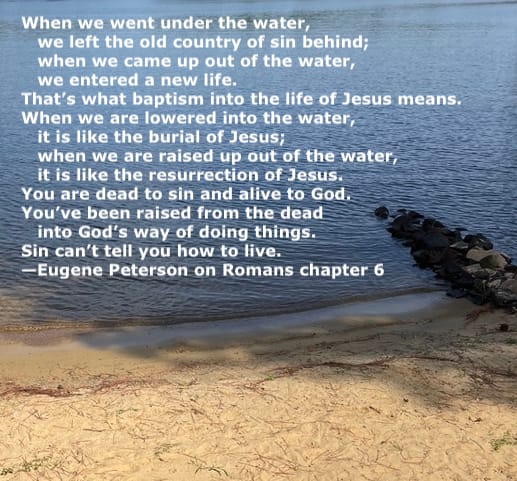10 Quick Notes About Advent

- What does the word advent mean?
The English word advent derives from the Latin ad “toward” + venīre “come”. So, advent indicates something coming (or approaching or proceeding) toward us. Most often, advent refers to the Messiah (Jesus Christ) coming to us. - When does the Messiah come to us?
The Messiah comes to us in the past, present, and future.
• Past: The Messiah came over 2,000 years ago when God-the-Father sent God-the-Holy-Spirit to a virgin named Mary so that God-the-Son could become a human in her womb, be born, and named Jesus. We call Jesus’s birthday Christmas. This is the Nativity (the birth) of the Lord which is Jesus’s First Advent or First Coming.
• Present: Jesus Christ comes now in several ways: through the Holy Spirit coming to us, through the bread and wine of the Lord’s Supper (Holy Communion), and through the ‘Body of Christ’ (the Church) when it faithfully abides under and fleshes-out the good reign of King Jesus in the world.
• Future: Jesus will come to us in the future when he personally returns to earth as the glorified King in order to judge and reign over his world. This is Jesus’s Second Advent or Second Coming. - Is the Church’s season of Advent in the Bible?
No. God does not command people to observe the season of Advent. But the Bible is full of exhortations and examples about people preparing: The entire Old Testament period can be seen as a time of preparation for the birth of the Messiah. The opening chapters of the Gospels (Matthew, Mark, Luke, and John) clearly show God preparing people for Jesus’s arrival. And the rest of the Gospels and the New Testament are full of commands to live in the presence of Christ and to prepare for his Second Coming. - Why should we bother observing the season of Advent?
Advent creates the space we need to prepare to receive King Jesus who — like the Father and the Holy Spirit — is perfectly holy. We invest this time to examine our lives, acknowledging anything in us that is unholy and repenting of our sins so that, as the Book of Common Prayer says, “we may without shame or fear rejoice to behold his appearing.” - When is the season of Advent?
Advent starts on the 4th Sunday before Christmas which can be as early as November 27 and as late as December 3, and ends on Christmas Eve which is always December 24. - What is the history of Advent?
The traditions of Advent began to evolve in 380. - What is the liturgical color for Advent?
Different colors have been used for Advent through history:
• Blue: Perhaps as early as the 700s, blue became the liturgical color of Advent in Iberia (modern-day Spain, Portugal, and surrounding lands). Blue symbolized the Virgin Mary who bore Jesus Christ in her body, not unlike the Ark of the Covenant which was a sign of God’s presence and was covered by a valuable blue cloth (Numbers 4.5-6).
• Black: From the 1100s to the 1500s, black was used as the color for Advent in parts of the Church. Black symbolized death, lament, and the world’s darkness without the light of Christ.
• Purple/Violet: By the 1200s, purple or its less-expensive cousin violet became the predominant color of Advent in most of the Church (in the Middle East, North Africa, and Europe). Purple/violet symbolized repentance as the key way people should prepare to encounter the holy God.
• Rose/Pink: During the medieval period, the 3rd Sunday of Advent was designated as “Rejoice Sunday” with rose/pink used that day instead of blue or black or purple/violet. Rose/pink symbolized our joyful anticipation of the promised Savior’s arrival.
• Red: In parts of the Eastern Orthodox Church, red is used during Advent as a sign of fasting. - What is the white candle for?
The central candle is called the ‘Christ candle’ which is lit when the congregation celebrates the Nativity of Christ on Christmas Eve or Christmas Day. It may be used through to the Sunday after Epiphany Day. - What is the history of Advent candle wreaths?
Candle wreaths for Advent originated in Germanic Europe in the 1830s. - What is the history of Advent calendars?
Advent calendars also originated in Germanic Europe in the mid-1800s.




